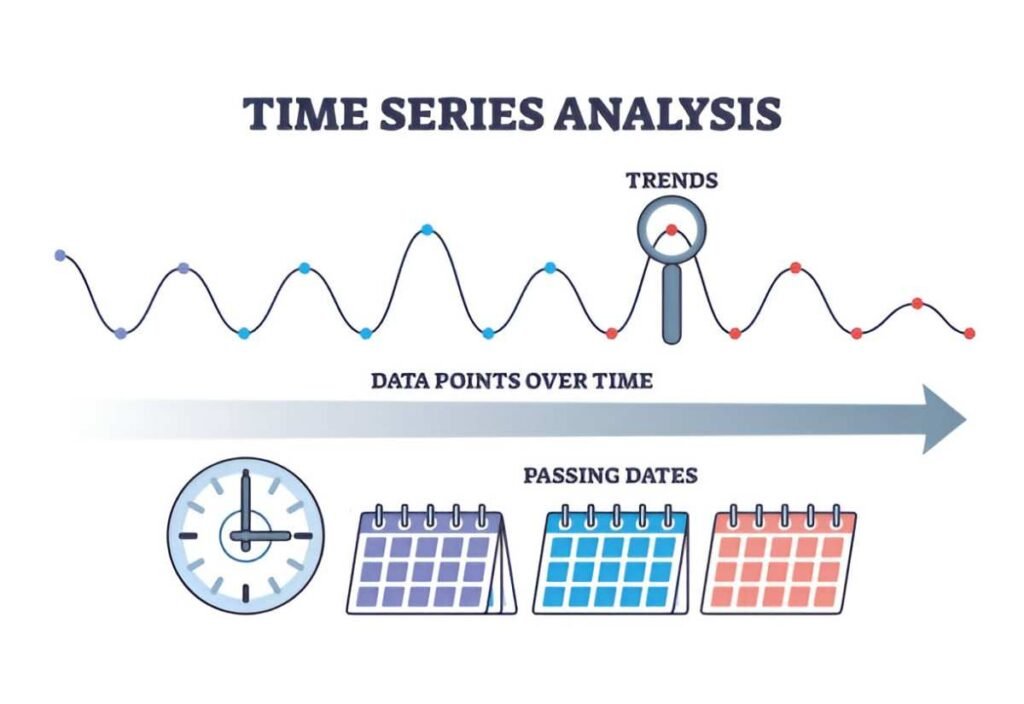In accounting and finance, understanding variances is crucial for effective budgeting and financial management. One important type of variance is controllable variance. This guide will explain what controllable variance is, why it matters, and provide an example to help you understand it better.
Table of Contents
What is Controllable Variance?
Controllable variance refers to the difference between the actual performance and the expected (or standard) performance that can be managed and influenced by a specific individual or department within an organization. It is called “controllable” because the factors causing the variance can be adjusted or controlled by the manager or department responsible.
Key Points About Controllable Variance
- Management Responsibility: Controllable variances are directly linked to the actions and decisions of specific managers or departments.
- Performance Measurement: Identifying controllable variances helps in evaluating the performance of managers and departments.
- Actionable Insights: Understanding these variances allows organizations to take corrective actions to improve performance.
Types of Controllable Variance
1. Direct Material Variance
This occurs when there is a difference between the actual cost of materials used in production and the standard cost expected.
2. Direct Labor Variance
This variance arises from differences between the actual labor costs incurred and the standard labor costs expected for a specific period.
3. Variable Overhead Variance
This is the difference between the actual variable overhead costs and the standard variable overhead costs.
Why is Controllable Variance Important?
Controllable variance is important for several reasons:
- Performance Evaluation: It helps in assessing how well managers and departments are performing in relation to their controllable activities.
- Budget Management: Identifying controllable variances assists in managing budgets more effectively by highlighting areas that need attention.
- Cost Control: Understanding and addressing controllable variances can lead to better cost control and resource allocation.
How to Calculate Controllable Variance
The calculation of controllable variance involves comparing actual results to standard or expected results. The formula for calculating controllable variance is:
\text{Controllable Variance} = \text{Actual Performance} - \text{Standard Performance}Example of Controllable Variance Calculation
Let’s consider an example to illustrate how controllable variance works in practice.
Example: Manufacturing Company
- Standard Cost: The standard cost to produce 1,000 units of a product is $50,000.
- Actual Cost: The actual cost incurred to produce the 1,000 units is $55,000.
- \text{Controllable Variance} = \text{Actual Cost} - \text{Standard Cost} = \$55,000 - \$50,000 = \$5,000
In this example, the controllable variance is $5,000. This means the production manager is responsible for an additional $5,000 cost above the expected amount, which needs to be investigated and addressed.
Identifying Causes of Controllable Variance
Understanding the causes of controllable variance is essential for taking corrective actions. Common causes include:
- Inefficiencies: Inefficient use of materials or labor can lead to higher costs.
- Waste: Excessive waste of materials can cause variances.
- Poor Planning: Inadequate planning and scheduling can result in higher costs.
- Operational Issues: Equipment breakdowns or production delays can increase costs.
Taking Corrective Actions
Once the causes of controllable variance are identified, organizations can take various corrective actions:
- Improving Efficiency: Implementing better practices to reduce waste and improve the use of resources.
- Training Employees: Providing additional training to employees to enhance their skills and productivity.
- Upgrading Equipment: Investing in better equipment to reduce operational issues and downtime.
- Better Planning: Enhancing planning and scheduling processes to avoid production delays and inefficiencies.
Conclusion
Controllable variance is a critical concept in accounting and finance that helps organizations understand and manage the differences between actual and expected performance. By focusing on variances that can be controlled by specific managers or departments, businesses can improve their budgeting, cost control, and overall performance. Identifying and addressing controllable variances provides actionable insights that lead to better decision-making and more efficient operations. Through careful analysis and corrective actions, organizations can ensure they are operating at their best, maximizing resources, and achieving their financial goals.





